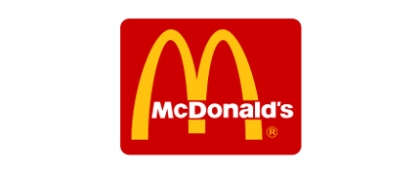Have you ever wondered just how many people are reading, sharing and reacting to your Tweets, your comments or your posts? How influential are you?
Let’s admit it: Us social media addicts want the whole world to notice and react to what we are doing online. Did you ever post something and no one responded? You felt disappointed, didn’t you? But at some point you’ve probably posted something that resulted in a lot of responses. And I bet you were just thrilled! If I’ve got you pegged then it sounds like you’d enjoy Klout.com, a site that measures your online influence on a scale from 1 to 100.
So it’s game on everyone! If you are using Klout, let’s have some fun right here online and check out everyone’s Klout score! This is no time to be bashful – it’s time to talk about yourself and tell everyone about your score and what happened that increased it.
I had a recent surge in my score so I am going to lead off the brag-fest right now. The surge happened right after my favorite author re-tweeted a link that I sent her. Alright, I cannot contain myself – it was Margaret Atwood. Honestly! I could barely sleep that night! So go ahead – now you will not be the first brag about your own score. Don’t be shy!
Here’s an analysis of my current score of 37 which could easily go down within 90 days if I don’t keep up the activity that created it in the first place. The analysis helps you understand how the Klout score is generated. It is a combination of your Reach, Amplification and Network. Klout does a good job at helping you understand influence and it’s fun and exciting when you see your score go up! Here are some screen shots explaining these terms which are also described in detail on the site.
First, here’s the above-the-fold screen giving me the thumbs up on overall influence:
True Reach is a measure of how many people you have influenced:
Amplification tells you how much people in your network react to your activity:
Your network impact tells you about the influence of your network – not just your contacts but your contacts’ contacts. This is probably the component that created my score surge after Peggy (my best friend now in my own mind) re-tweeted my link.
The site is rich in information, features and details. It shows you who you are influencing and who you are influenced by. There are opportunities for giving recognition to others by giving +Ks and inviting your friends. It even offers perks (products to try) that the Klout team could send you in the mail if you have a high enough score. Of course the hope is that you will use the products and comment or post about them but you are not obligated to do so.
So give it a go if you don’t already have an account. And if you do, please comment here and BRAG about your score! What did you do to attain it? Who did you connect with that helped raise your score? And do tell us all, what are your impressions of this site?
Here’s a link (embedded) if you want to read more from a different point of view regarding the use of amplification as a social media metric.




